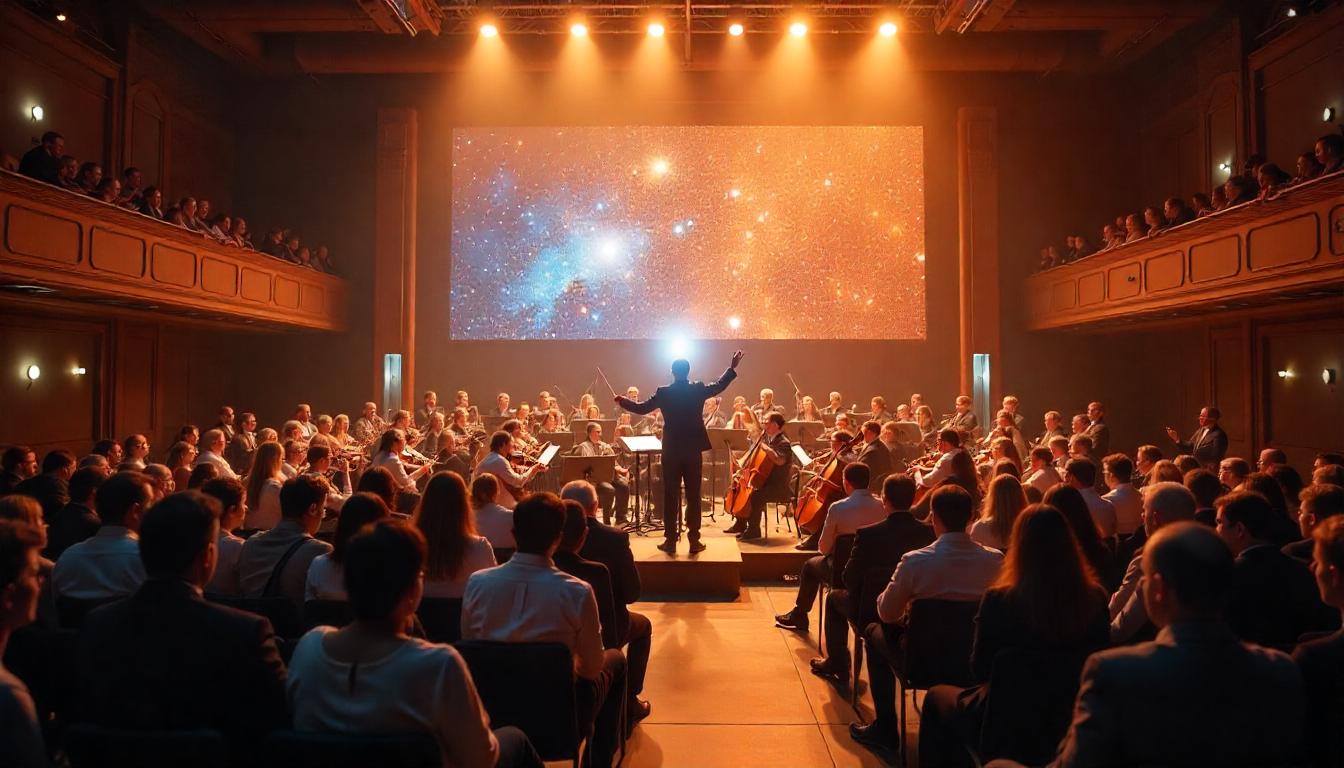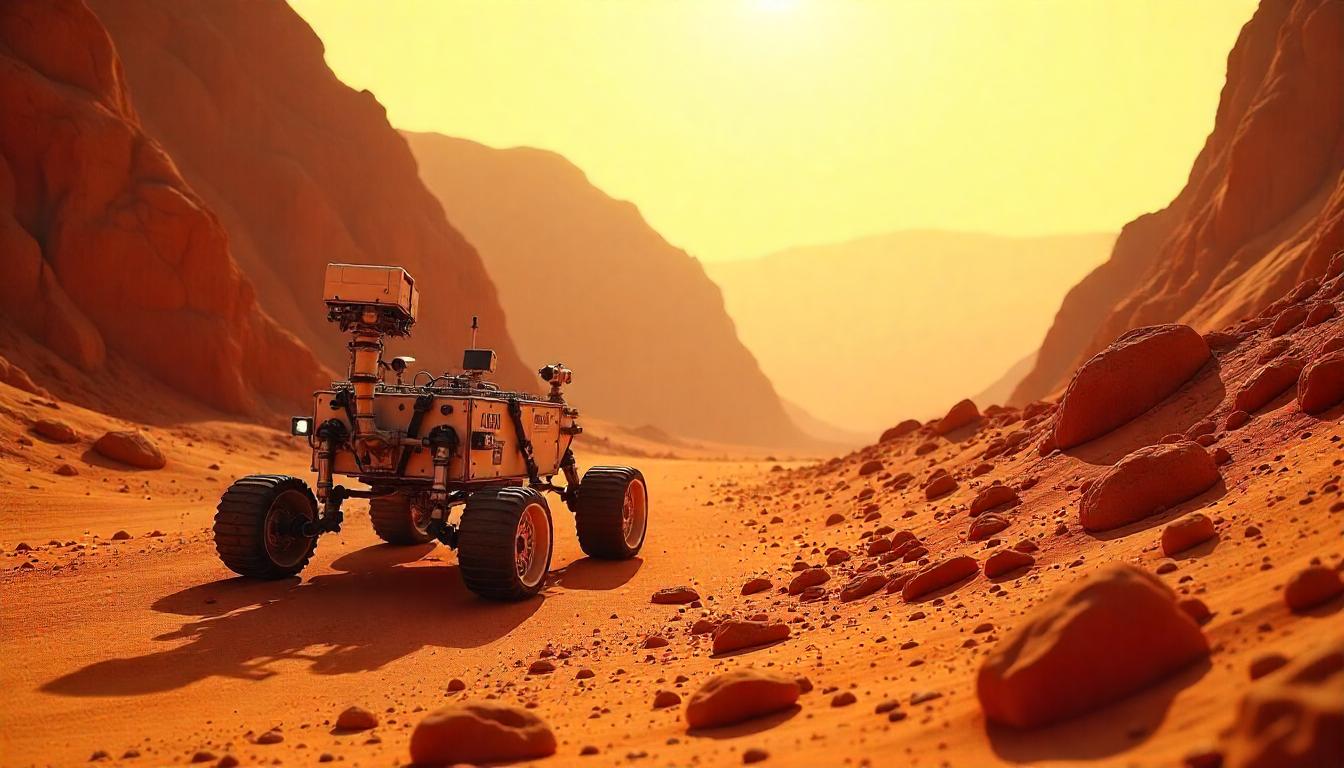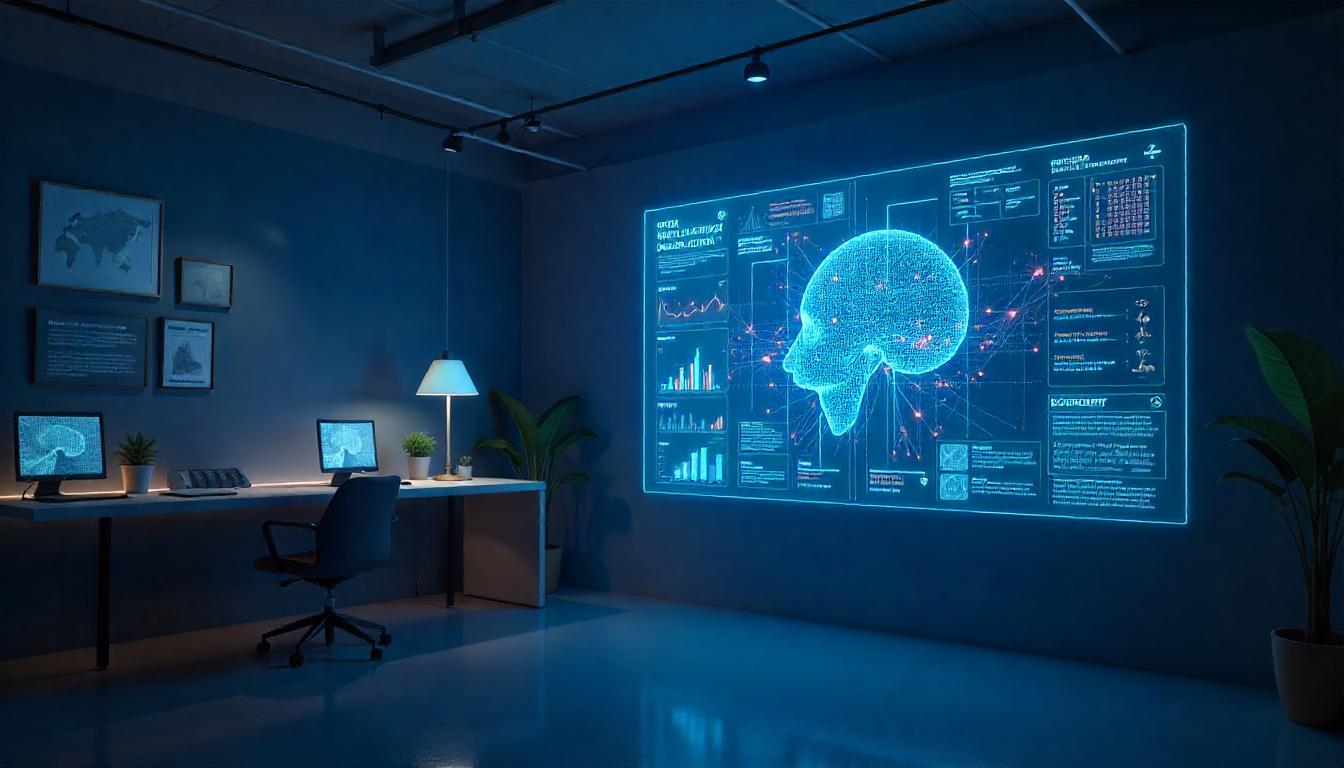AI in Art and Music: Can Machines Be Creative?
When we talk about creativity, we usually think of artists painting on canvases or musicians composing soulful songs. Creativity feels deeply human—a way for people to express feelings, tell stories, and connect on an emotional level. But a new player has entered the scene: Artificial Intelligence (AI). Today, AI is producing digital art, writing music, and even creating poetry, raising a fascinating question: Are machines capable of being creative?
How AI Makes Art and Music
Unlike humans, AI doesn’t have emotions or inspiration. Instead, it learns by studying massive collections of existing art and music. It finds patterns and uses them to generate new work that resembles what it has learned. Let’s explore how AI is shaking up the creative world:
1. AI and Digital Art
Tools like DALL-E, Midjourney, and Stable Diffusion have amazed artists and the public alike. With just a simple text prompt—like “a cat wearing a suit, sitting at a piano”—these systems can create striking digital images. Artists are using AI to:
- Experiment with new visual styles
- Create concept art for films, games, and books
- Produce unique pieces that would be time-consuming to make manually
The results can be surprisingly beautiful and original, blurring the line between human and machine-made art.
2. AI and Music Creation
AI is also transforming how music is made. Programs like AIVA and MuseNet can compose music in different styles, from classical symphonies to modern pop songs. Musicians and producers use AI to:
- Generate melodies and harmonies
- Create background music for videos or games
- Explore musical genres outside their usual comfort zones
Some AI-generated tracks sound so good that listeners can’t easily tell they weren’t created by humans.
Can AI Truly Be Creative?
This question sparks plenty of debate. Yes, AI can produce impressive works—but does that mean it’s genuinely creative?
- AI doesn’t feel or imagine. Unlike human artists, AI doesn’t experience emotions or personal insights that drive creative expression.
- No personal purpose or message. Human artists often create with meaning, storytelling, or personal expression in mind. AI has no inner motivation or intention behind its creations.
- AI excels at remixing. AI is incredibly skilled at combining styles and patterns. However, many argue it’s more about reassembling what already exists than inventing something truly new.
That said, AI is becoming a valuable partner in human creativity. It offers fresh ideas, new tools, and inspiration for artists and musicians to explore.
Collaborating with AI
Rather than replacing artists, AI is becoming a collaborative tool. Creatives are teaming up with AI to:
- Try out innovative styles and ideas
- Speed up parts of the creative process
- Break through creative blocks and discover new directions
In many cases, AI serves as a digital “assistant,” helping bring an artist’s vision to life in ways that weren’t possible before.
The Future of AI and Creativity
Looking ahead, AI’s role in art and music will only grow. We’ll likely see:
- AI co-authoring songs and albums
- AI-generated art featured in exhibitions
- New forms of art and music emerging from human-AI collaborations
Still, one truth remains: human creativity is unique. Our emotions, life experiences, and personal stories give depth and meaning to art and music that machines can’t replicate. AI may become an incredible tool for creators—but the original spark of inspiration still belongs to us.
Curious about how technology is shaping the creative world? Stay tuned to our blog for more insights into the fascinating intersection of AI, art, and music!





